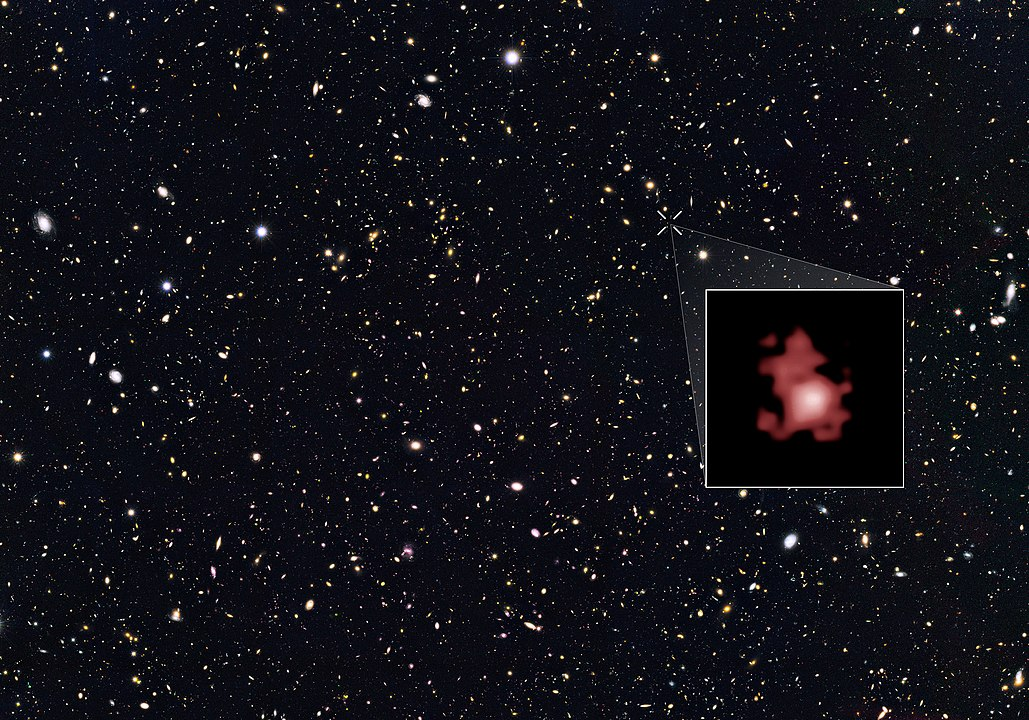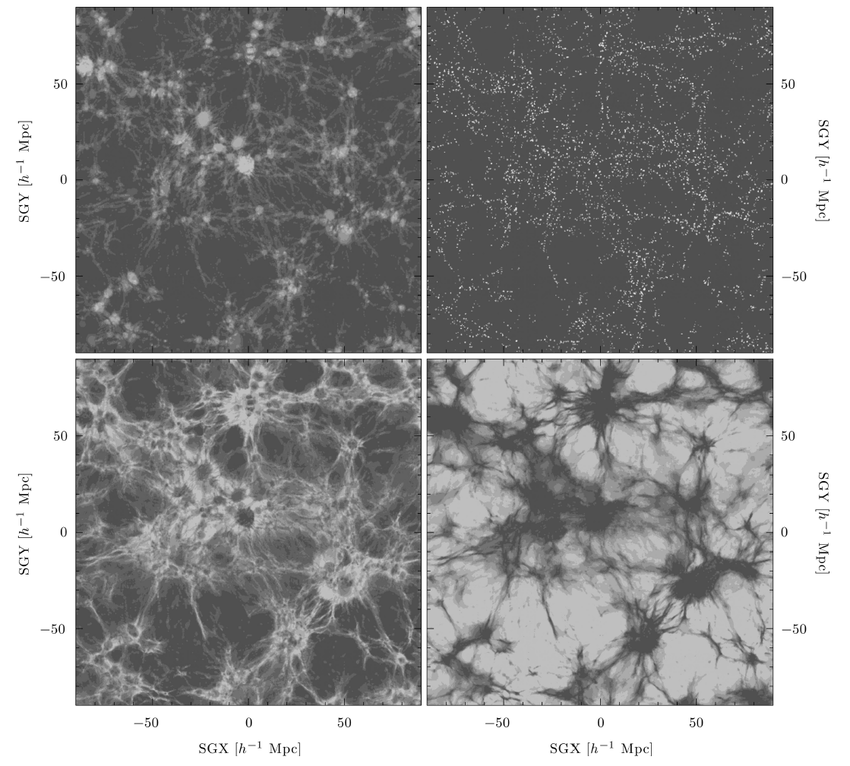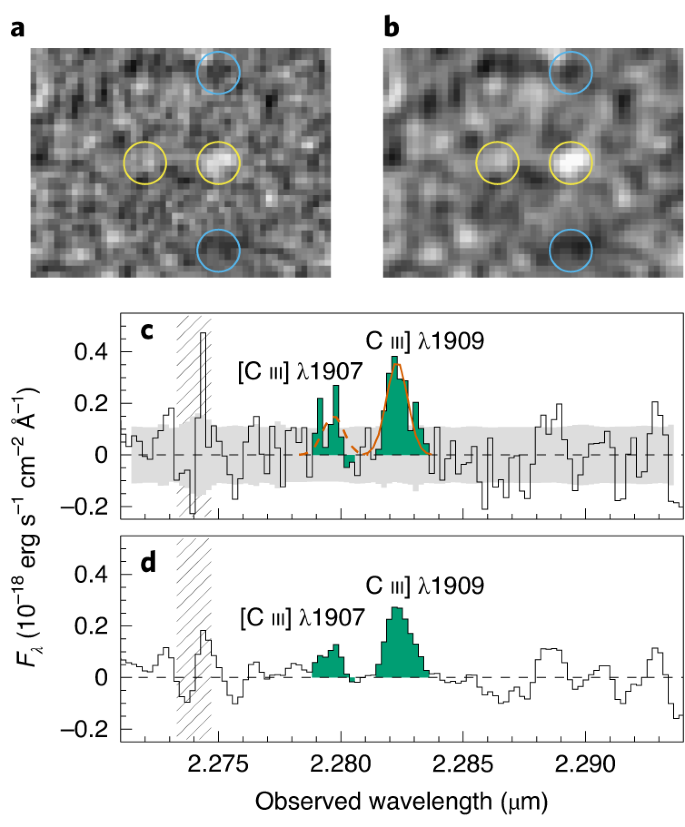The early universe is probably one of the most exciting cosmological eras, during which the cosmos that still exists today was formed. It is believed that this era lasted about a billion years, and during this time from the Big Bang, the Universe managed to build a string of galaxies, survive the birth and death of the first stars, and also witness the appearance of the first large galaxies and black holes. We know the history of that Universe not from books, but observe with our own eyes - thanks to the limited speed of light, a young cosmos is located far from us, the light of which travels through epochs and distances.
You can write any question or comments in the comments. I am also open for a personal dialogue in a telegram or a conversation in our chat . I also have a telegram channel about cosmology.

1980- . () , . , — . . , . , : , . , . , , , . z ~ 7-8, 600-700 . , .

GN-z11
. . , , . 90-, , «» (COSTAR), 2009 , . , — Wide Field Camera 3. «» - -, 0,04 , , . 12 1000 , . , GN-z11, 2016 z = 11,1, 32 400 . , .
, 4000 , 25 . , 295 000 /, .. 98% ! , 20 . , z ~ 6-8. , , , 400-800 . GN-z11 (Oesch et al.) CANDELS/GOODS-N, , . , .
, , (380 000 ) — (CMB). . , , , . , — , . , 150 , , . — , . , — , , . , , . 400 800 .

GN-z11 , . . 2016 .-. . 2020 , . — GN-z11-flash. , - III ; , , :
«The GN-z11 flash event can be a satellite glint», Nir et al. (arXiv.org: 2102.04466);
«GN-z11-flash was a signal from a man-made satellite not a gamma-ray burst at redshift 11», Michalowski et al. (arXiv.org: 2102.13164).
:
GN-z11-flash — ;
- , . , - .

. «» , . «-», «». RBT/PST2 , .
- GN-z11 — , . , , . , (.: Jiang et al., arXiv.org: 2012.06936), (.. ). , .
: z = 11? , . ( ), , . , . - HI HII. ! , ! , CIII (). — , OII OIII ( ) H-alpha. , , .

(Jiang et al., arXiv.org: 2012.06936).
Detection of emission lines. We first verify the detection of the UV continuum emission by stacking the 2D K-band spectrum along the wavelength direction. We detect a signal with a 5.1σ significance at the expected spatial position of the GN-z11 UV continuum (Fig. 1). We also see the standard negative-positive-negative pattern in Fig. 1b. In our ABBA observing mode, the separation between the A and B positions was 3", or ~16.7 pixels. The peak of the positive signal is roughly at x ~ 58 in Fig. 1b, so we expect to see two negative signals at x ~ 41 and 75, respectively. The negative signal at x ~ 41 is clearly seen. We can also see the negative signal at x ~ 75, although it is in a big trough that makes it less obvious. We search for emission lines in the K-band 2D spectrum and first identify a strong (5.3σ significance) line emission feature at about 22823 Å. Meanwhile, we detect a weaker (2.6σ significance), nearby line at 22797 Å. This pair of lines can be explained as the [C III] l1907, C III] l1909 doublet at z = 10.957. We would not have claimed a 2.6σ line as a detection if this line does not form a [C III], C III] doublet that is commonly seen at high redshift. We then search for >3σ lines that are associated with this redshift, and detect a line (3.3σ) at ~19922 Å that is consistent with O III] l1666 (Extended Data Fig. 3). We do not detect any other lines in the spectrum at greater than 3σ significance. If the two weak detections of 3.3σ and 2.6σ are not considered, the strongest line with the 5.3σ detection can be explained as [C III] l1907 at z = 10.970 or C III] l1909 at z = 10.957. If this line is [C III] l1907 at z = 10.970, we would expect to detect C III] l1909 with significance of ≥ 3σ, because the largest flux ratio of [C III] l1907 to C III] l1909 is about 1.6 in regular environments. Since we did not detect the expected C III] l1909 emission, the 5.3σ line is not likely [C III] l1907. Therefore, we interpret the line pair at 22797 and 22823 Å as the [C III] l1907, C III] l1909 doublet and the line at 19922 Å as O III] l1666 at z = 10.957.
? , , . , ( Starlink). , , , . , , . , , , .
, , . -, , . . !
[1] Evidence for GN-z11 as a luminous galaxy at redshift 10.957 / Linhua Jiang, Nobunari Kashikawa, Shu Wang et al. // Nature Astronomy. –– 2020. –– Dec. –– Vol. 5, no. 3. ––P. 256–261. –– Access mode: http://dx.doi.org/10.1038/s41550-020-01275-y;
[2] Michalowski Micha l J., Kami ́nski Krzysztof, Kami ́nska Monika K., Wnuk Edwin. GN-z11-flash was a signal from a man-made satellite not a gamma-ray burst at redshift 11. –– 2021. ––2102.13164;
[3] Nir Guy, Ofek Eran O., Gal-Yam Avishay. The GN-z11-Flash Event Can be a Satellite Glint. –– 2021. –– 2102.04466;
[4] A remarkably luminous galaxy at z = 11.1 measured with Hubble Space Telescope grismspectroscopy / PA Oesch, G. Brammer, PG van Dokkum et al. // The AstrophysicalJournal. –– 2016. –– Mar. –– Vol. 819, no. 2. –– P. 129. –– Access mode: http://dx.doi.org/10.3847/0004-637X/819/2/129 .